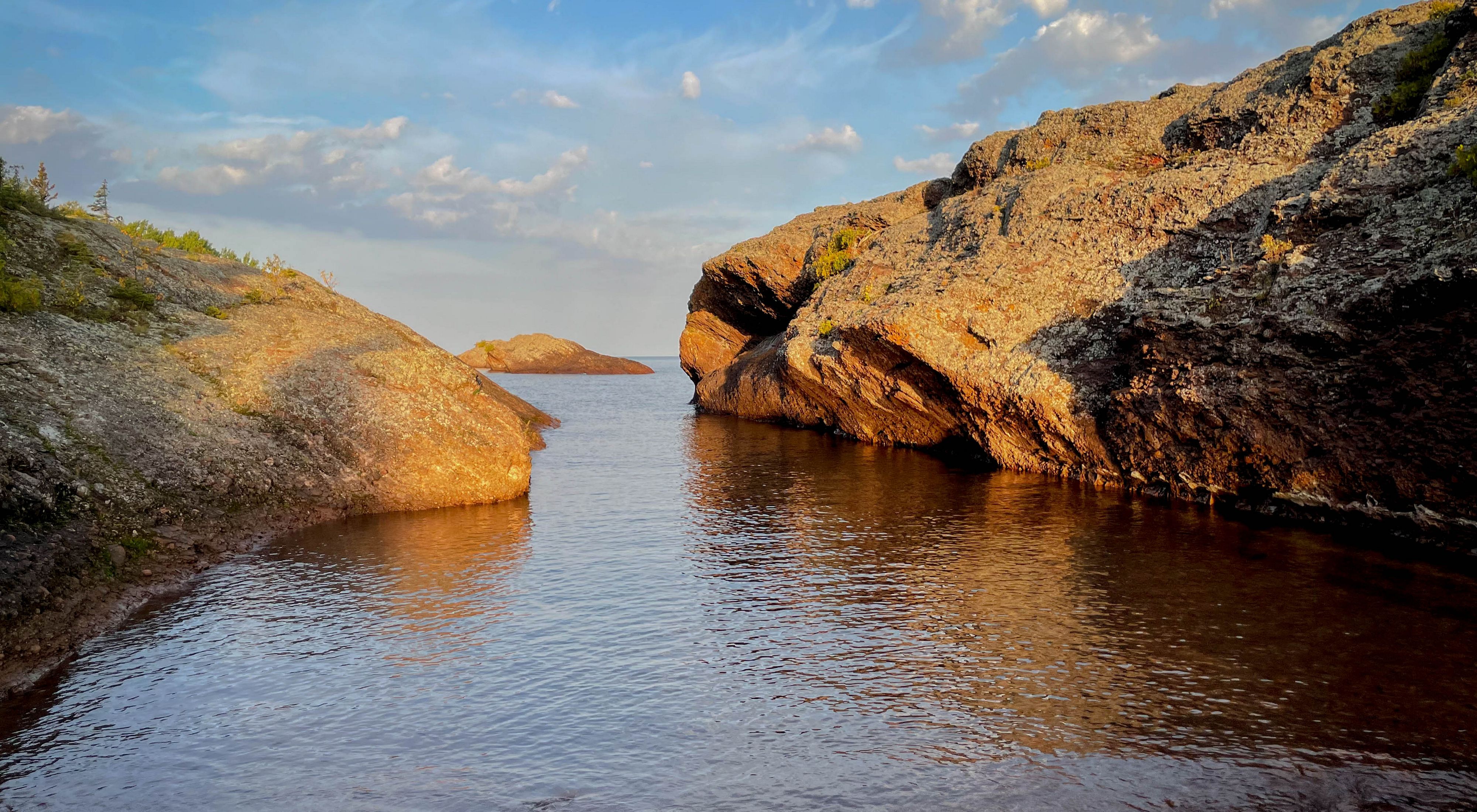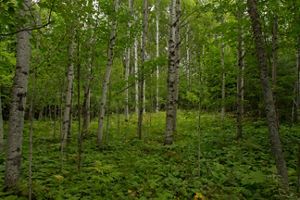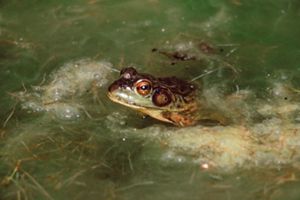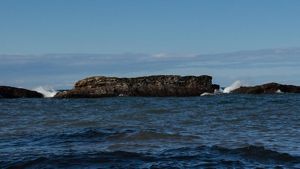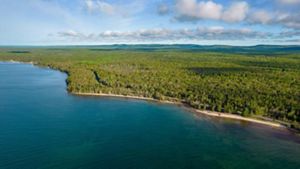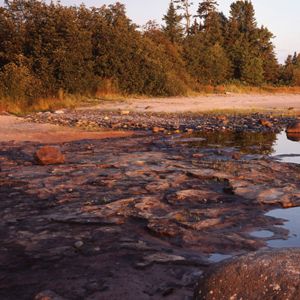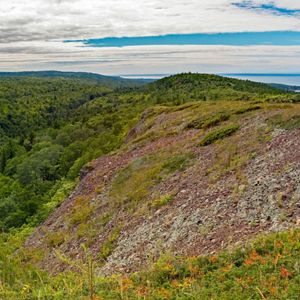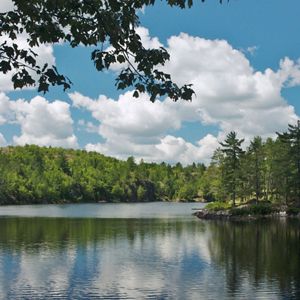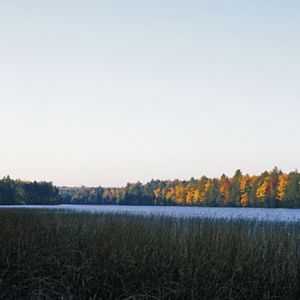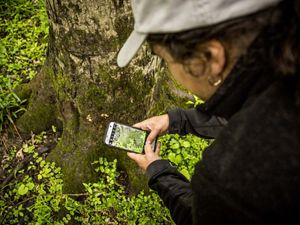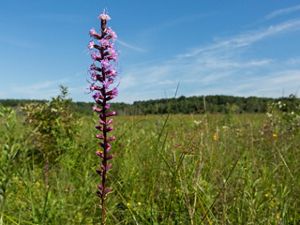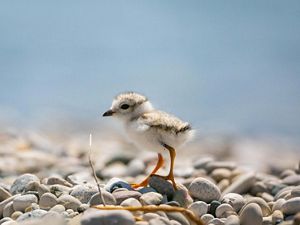Description
At the tip of Michigan’s Upper Peninsula, stunted shrubs and trees cling to ancient bedrock created by Lake Superior’s fierce winds. Since it was originally established in 1982, the Mary Macdonald Preserve has grown to encompass 1,200 acres, including five miles of Lake Superior shoreline. While the rugged bedrock beach here supports only the toughest of plants such as lichen, the preserve is home to 11 threatened or rare species.
Along the shoreline, a rocky ridge creates a barrier for inland species and slower-growing plants. Just inland from the rock beaches, forest thrives in this cool, moist climate. Balsam fir, white cedar, white spruce and white birch provide habitat for the black bear, snowshoe hare, peregrine falcon, ruffed grouse, golden-crown kinglet, black-throated green warbler and yellow-rumped warbler.
